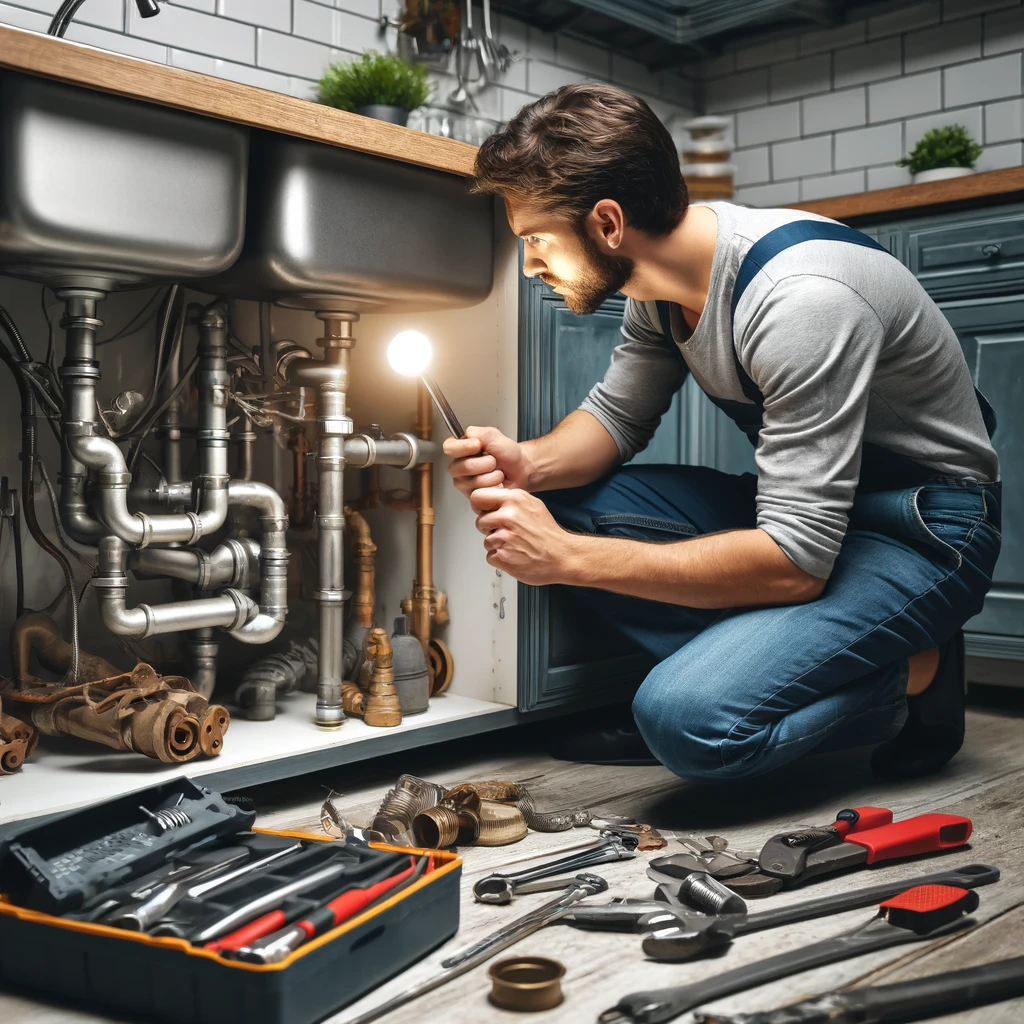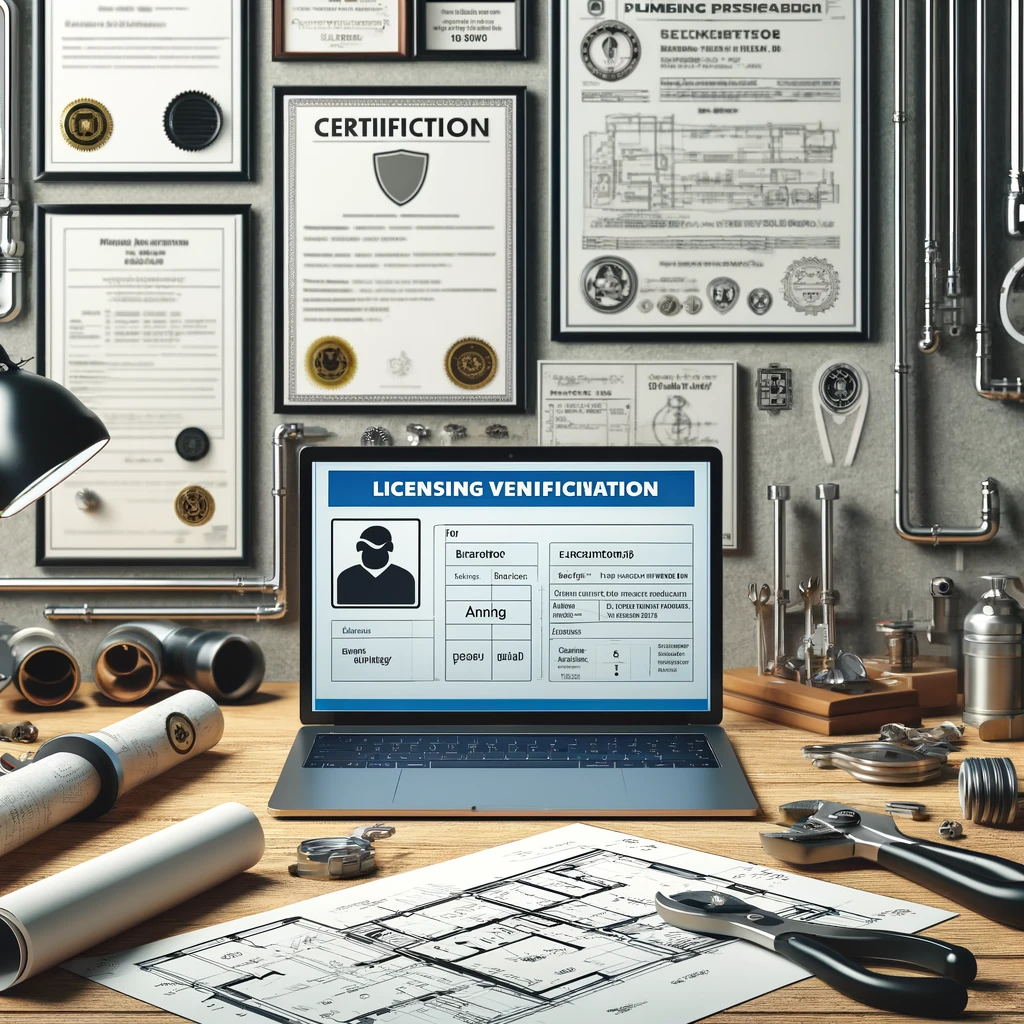A ball valve is the most popular type of shutoff valve. Their key design feature is a shutoff element, shaped like a ball with a through-hole for the working fluid. This design allows the flow to be opened or closed with a quarter-turn of the handle. This ensures speed, convenience, and ease of operation. Ball valves for water and gas applications provide a tight shutoff, are reliable, and have a longer service life than gate valves.
Varieties
Ball valves are classified according to several criteria. Depending on the body material, there are brass, steel, and cast iron models, as well as plastic-cased valves. For domestic utility systems, most manufacturers produce brass valves, such as Itap ball valves.
Furthermore, there are the following types of pipe connections:
- Coupling;
- Welded;
- Flanged.
Depending on the ratio of the nominal bore diameter of the valve to the pipeline diameter, two types are distinguished: full-bore or reduced-bore.
In full-bore models, the nominal bore corresponds to the pipeline diameter. Reduced-bore valves have a nominal bore diameter that is one or more sizes smaller than the pipeline. When choosing, the operating characteristics of each type must be taken into account.
Application of different types of reinforcement devices
The difference between a full-bore and a reduced-bore ball valve determines the different characteristics and applications of these devices.
A full-bore ball valve creates virtually no additional hydraulic resistance and does not reduce pipeline flow capacity. These valves are installed in linear sections of main pipelines. Full-bore ball valves are also used in cases where pressure loss in the working fluid is unacceptable. The disadvantages of these models, compared to reduced-bore valves, include increased weight, which can complicate installation, increase material consumption, and increase cost.
Reduced-bore valves, due to their smaller nominal diameter, increase hydraulic resistance and reduce flow capacity. These valves are best installed in branches of the main pipeline, for example, to connect in-house or apartment distribution systems. In this case, installing reduced-bore valves reduces pressure and pressure compared to the main pipeline and provides additional protection against water hammer. Due to the reduced diameter of the locking element, non-full-bore models, compared to full-bore models, have a lower weight, and the reduction in material consumption results in a reduction in price.


